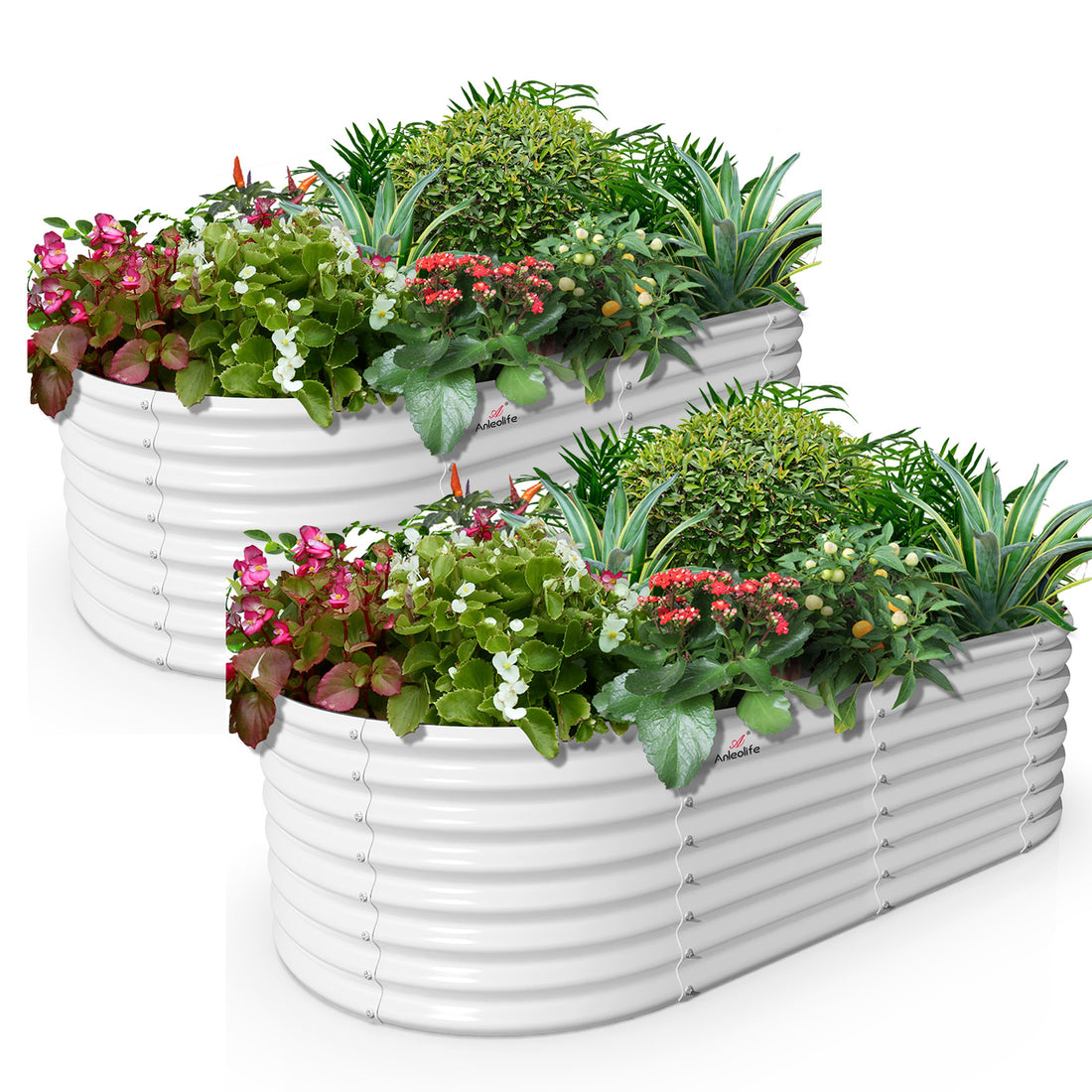How to Design a Functional and Stylish Vegetable Garden Layout
Body
When it comes to creating a vegetable garden, the layout is a crucial aspect that can significantly impact the functionality and aesthetics of the space. Designing a functional and stylish vegetable garden layout requires careful planning and consideration of various factors to ensure optimal use of space and visual appeal. In this article, we will explore the key elements and considerations for designing a vegetable garden layout that is both practical and visually appealing.

Utilize Vertical Space
One innovative approach to designing a functional and stylish vegetable garden layout is to utilize vertical space effectively. Vertical gardening not only maximizes the use of limited space but also adds a visually appealing element to the garden. Consider incorporating trellises, arbors, or vertical planters to grow vining vegetables such as tomatoes, cucumbers, and beans. This not only creates a stunning visual effect but also allows for better air circulation and easier maintenance.
Companion Planting for Aesthetic Appeal
Another strategy for designing a stylish vegetable garden layout is to incorporate companion planting techniques. Companion planting involves growing different types of plants together to maximize space and provide mutual benefits. For example, planting marigolds alongside vegetables not only adds a pop of color but also helps repel pests. Additionally, mixing different types of vegetables with varying heights, textures, and colors can create a visually appealing and dynamic garden layout.
Functional Pathways and Access Points
When designing a vegetable garden layout, it is essential to consider the functionality of pathways and access points. Well-planned pathways not only provide easy access for maintenance and harvesting but also contribute to the overall aesthetics of the garden. Consider using materials such as gravel, stepping stones, or mulch to define pathways and create a visually appealing contrast with the surrounding vegetation. Incorporating focal points such as a decorative gate or archway can also enhance the visual appeal of the garden while serving a functional purpose.
Seasonal Rotation and Succession Planting
Designing a functional vegetable garden layout involves careful consideration of seasonal rotation and succession planting. By planning for successive plantings throughout the growing season, you can maximize the use of space and ensure a continuous harvest. For example, after harvesting early-season crops such as lettuce or radishes, replanting the same area with heat-loving vegetables like peppers or eggplants can optimize the garden's productivity. This approach not only ensures a steady supply of fresh produce but also contributes to the visual interest of the garden as it evolves throughout the season.
In conclusion, designing a functional and stylish vegetable garden layout requires thoughtful planning and consideration of various elements such as vertical space utilization, companion planting, functional pathways, and seasonal rotation. By incorporating these innovative strategies, you can create a vegetable garden that is not only productive but also visually appealing. Whether you are a seasoned gardener or a novice enthusiast, implementing these design principles can elevate your vegetable garden to new heights of functionality and style.











Comments